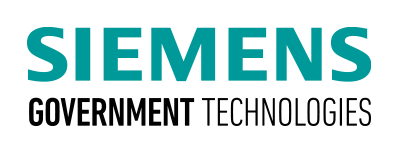Michael House, Vice President of Product Development
Michael House is the Vice President of Product Development of Siemens Government Technologies (SGT), Inc., the separate but affiliated U.S. government arm of Siemens, where he's responsible for guiding technology development to meet stringent government requirements and protocols, helping customers succeed in their missions of national consequence.
With over 30 years of experience in technical, program, and business development, House is a veteran government contract leader. His experiences span energy resiliency and efficiency projects to delivering space qualified hardware. Early in his career, he led the commercialization of next-generation gas and steam turbine control systems at General Electric and was a lead engineer at the Knolls Atomic Power Laboratory.
House holds a Master of Business Administration from Rensselaer Polytechnic Institute, and master's and bachelor's degrees in engineering mechanics and engineering science, respectively, from Pennsylvania State University. He also holds seven patents.
You can find more information at siemensgovt.com, or contact me directly at michael.house@siemensgovt.com.
Back to Articles

